XO-TRACKER DEMO
XO-TRACKER v0.1.2
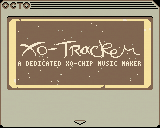
To show a bit extensive use of XO-CHIP new audio capability, as music driver, as well as an utility to make ease of creating musics with 52 predefined samples, and 12 user definable samples.
Controls:
|
Tracker's Interface parts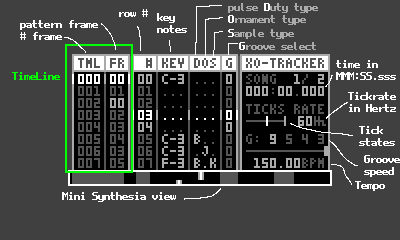 |
Interface control:
| Song control:
|
There are two songs included in this demo, which would be used on "Tsukite The Bananafox" game. The overworld theme is originally written for XO-Tracker, while the main theme was covered from
As a side note, this program took over 3584 bytes for main program codes. There's no editor in-program implemented, hence the main focus here is the source code you can tinker with. Open this link on new window and drag this cartridge to the new window page.
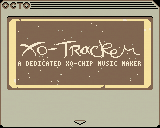
The reason to use my fork of Octo is the piano keys in Tool Box > Audio Tools, which come in handy for this.
When you done with everything, you can put the data to the clean version of the music driver here or
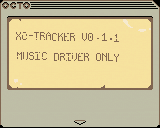
to be used on your own program
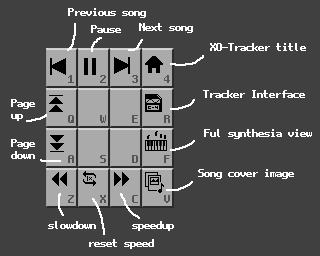
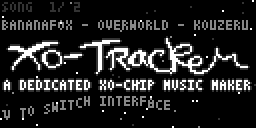
Comments
Log in with itch.io to leave a comment.
Wait, so what is Z supposed to do? It seems to be reducing the tickrate, while Q is the other key for skipping/rewinding the song.
Oh sorry mistyped, itd obvious when you are on the Tracker Mode interface